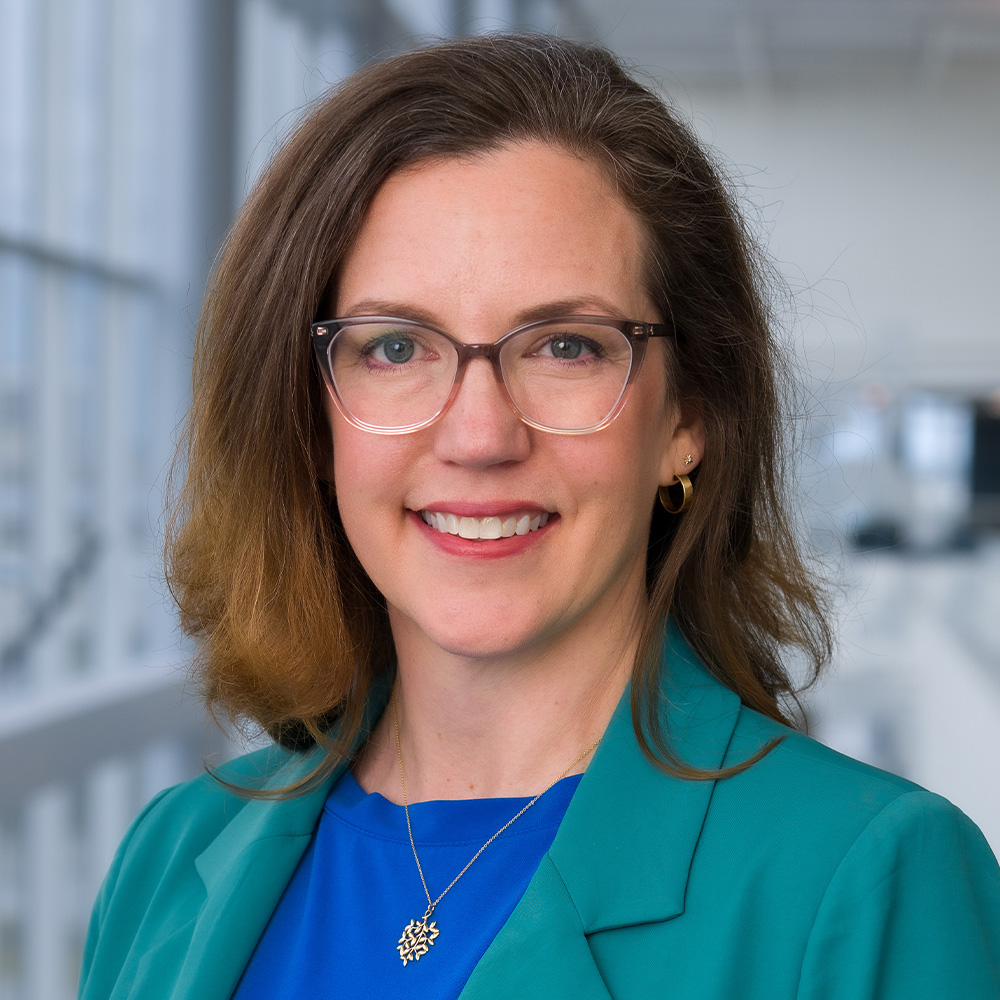

Study led by UTSW researcher describes socioeconomic challenges in culturally distinct neighborhoods for fastest-growing ethnic group
Residents of U.S. neighborhoods with high concentrations of Latino residents often face significant socioeconomic challenges, including less access to health care, a study led by a UT Southwestern Medical Center researcher shows. The findings, published in the Journal of General Internal Medicine, highlight the need for more inclusive health policies to serve the nation’s fastest-growing ethnic group.
“Ultimately, our results showed that Hispanic or Latino enclaves face significant disadvantages that could affect residents’ health. These are important things to consider to really understand our community members and to help meet their needs,” said study leader Sandi Pruitt, Ph.D., Professor in the Peter O’Donnell Jr. School of Public Health and Associate Director of Community Outreach, Engagement, and Equity in the Harold C. Simmons Comprehensive Cancer Center at UT Southwestern.

Study leader Sandi Pruitt, Ph.D., is Professor in the Peter O'Donnell Jr. School of Public Health and Associate Director of Community Outreach, Engagement, and Equity in the Harold C. Simmons Comprehensive Cancer Center at UT Southwestern. Dr. Pruitt also holds the Barrett Family Professorship in Cancer Research
The U.S. Census Bureau estimates that more than 65 million Latinos live in the U.S. Many reside in ethnic enclaves, distinct geographic areas where specific ethnic groups are clustered. Although Latino enclaves foster social cohesion and support among residents – both factors that can boost health – these areas also often have features associated with worse health, such as relatively high rates of poverty.
To better define the health advantages and detriments of Latino enclaves, Dr. Pruitt and her colleagues used data from the 2000 census and the 2008-2012 American Community Survey to identify such neighborhoods in California, Florida, New Jersey, New York, and Texas. These five states are home to nearly two-thirds of all Latinos in the U.S.
Neighborhoods were classified as Latino enclaves if they had more than 250 Latino residents and a high measure of cultural distinctiveness based on multiple variables, including the percentage of Latino residents, foreign-born Latino residents, Spanish language speakers with limited English proficiency, and linguistically isolated households speaking Spanish.
The researchers then analyzed a variety of socioeconomic factors known to impact health, such as population density, the number of individuals per household, and how many households were below the federal poverty level. They also evaluated health care access using a formula that combined distance to the closest primary care providers, how many providers were available in the area, and local population size.
Their results showed that approximately 30% of neighborhoods in these states were Latino enclaves, with 87% persisting between 2000 and 2010. Compared with non-Latino neighborhoods, the Latino enclaves had more markers of socioeconomic disadvantage, including higher proportions of poverty, uninsured individuals, and crowded housing, as well as fewer parks, fewer vehicles per household, and more crime. These ethnically distinct neighborhoods also scored lower than non-Latino neighborhoods in most states for health care access, although this finding only persisted in high-poverty neighborhoods when other socioeconomic factors were present.
These findings, part of a larger study on Latino cancer outcomes, suggest that several social determinants of health – nonmedical factors that affect health and well-being – could lead to worse health for Latino enclave residents, Dr. Pruitt said. She added that the study’s results highlight the need for more inclusive health policies to meet Latinos’ unique needs, such as expanding insurance coverage for both documented and undocumented residents and investing in health care infrastructure.
Other UTSW researchers who contributed to this study are Aniruddha B. Rathod, Ph.D., Adjunct Assistant Professor in the O’Donnell School of Public Health and Assistant Professor at the University of Arkansas for Medical Sciences, and Amy Hughes, Ph.D., Associate Professor in the O’Donnell School of Public Health.
Dr. Pruitt holds the Barrett Family Professorship in Cancer Research.
This study was funded by grants from the National Institutes of Health (R01CA237540, R01CA230440, and F31CA257351).
